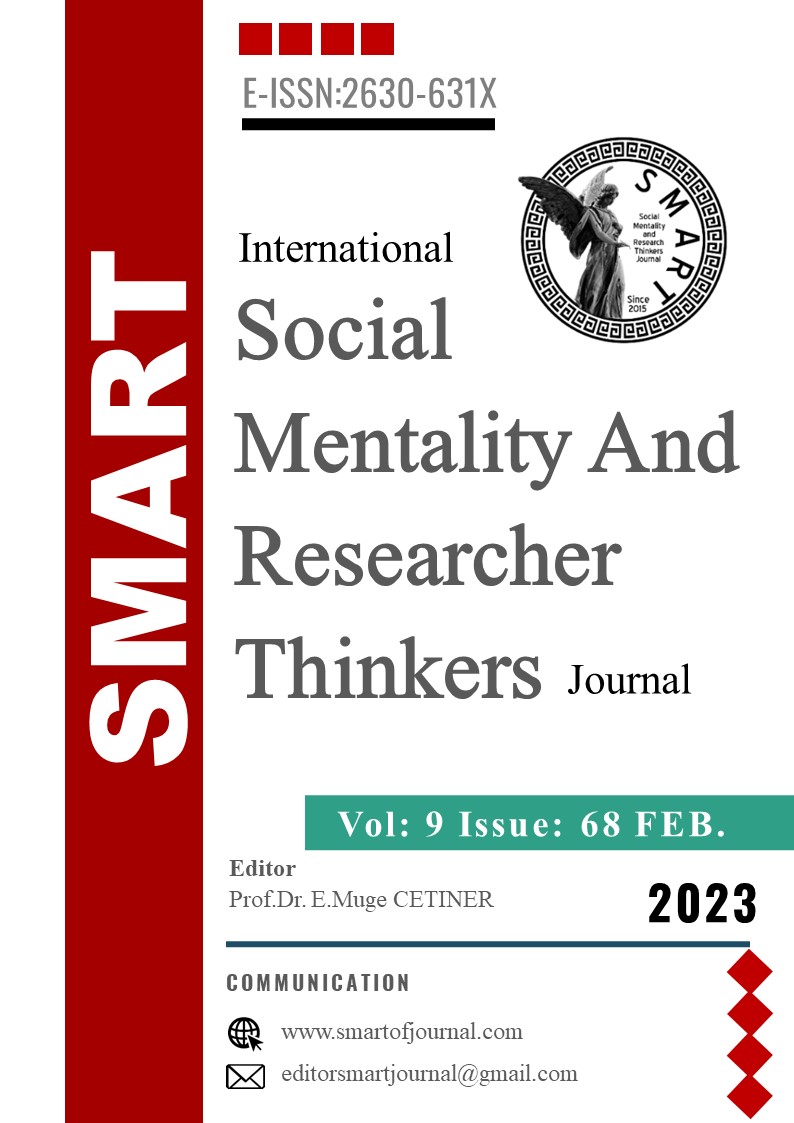Alıştırma Yönteminin Eskrim Kılıç Branşının Öğrenimine ve Görsel Reaksiyon Zamanına Etkisinin İncelenmesi
Author :
Abstract
Bu araştırmada, alıştırma yönteminin eskrim kılıç branşının öğrenimine ve görsel reaksiyon zamanına etkisini belirlemek için amaçlanmıştır. Araştırma deney ve kontrol gruplu öntest-sontest modelinde tasarlanmıştır. Araştırma 2017-2018 öğretim yılı bahar döneminde Sakarya Üniversitesi Beden Eğitimi ve Spor Öğretmenliği ve Spor Yöneticiliği Bölümlerinde 2, 3, ve 4. sınıflarında okuyan ve eğitsel oyunlar dersine kayıt yaptıran 40 öğrenci katılmış ve ölçüm sonuçlarına göre her iki grupta birbirine benzer özellikte olan deney (12) ve kontrol (12) grubundan toplamda 24 öğrenci araştırmaya dahil edilmiştir. Araştırmada reaksiyon zamanının ölçümü için Ramadan (2017) tarafından geliştirilen kılıç reaksiyon ve antrenman mankeni kullanılmıştır. Eskrim kılıç branşındaki becerileri ölçmek için araştırmacı tarafından geliştirilen gözlem formları kullanılmıştır. Deney grubunda 12 hafta boyunca alıştırma yöntemi, kontrol grubunda ise komut yöntemi kullanılarak dersler işlenmiştir. Araştırmadan elde edilen verilerin çözümlenmesi için betimsel istatistik, bağımlı ve bağımsız gruplar t testi, Wilcoxon işaretli sıralar testi ve Mann Whitney U testi kullanılmıştır. Araştırma sonucunda deney grubunu oluşturan öğrencilerin manuel deneme 3 vuruş, 4 vuruş, 5 vuruş, otomatik deneme 5 vuruş ve otomatik deneme 10 vuruş; kontrol grubunu oluşturan öğrencilerin ise manuel deneme 4 vuruş ve 5 vuruş ön test-son test reaksiyon zamanları arasında son test lehine istatistiksel olarak anlamlı bir farklılık olduğu belirlenmiştir. Alıştırma ve komut yöntemiyle ders işlenen deney ve kontrol gruplarındaki öğrencilerinin ön test ve son test reaksiyon zamanı puanlarının farkları karşılaştırıldığında, sadece manuel deneme 3 vuruşta ve otomatik deneme 10 vuruşta iki grup arasında kontrol grubu lehine istatistiksel olarak anlamlı bir fark olduğu belirlenmiştir. Araştırmada ayrıca, kılıç branşı becerilerinin öğreniminde her iki yöntemde de sontest puanları lehine anlamlı farklılıklar elde edilmiştir. Deney ve kontrol gruplarındaki öğrencilerinin becerilere ait erişi puanları karşılaştırıldığında, angard, geri yürüme, kol uzatma, adım hamle, 3 vuruş, 4 vuruş, 5 vuruş, 5 parad ve 4 paradripost becerilerinde deney grubu lehine anlamlı farklılıklar olduğu belirlenmiştir.
Keywords
Abstract
The aim of this research is to determine the effect of the practice method on the learning of the fencing sword branch and on the visual reaction time. The research was designed in the pretest-posttest model with experimental and control groups.40 students studying in the 2nd, 3rd, and 4th grades of Sakarya University Physical Education and Sports Teaching and Sports Management Departments in the spring semester of the 2017-2018 academic year and enrolled in the educational games course participated in the research, and according to the measurement results, the experiment with similar characteristics in both groups ( 12) and control (12) groups, a total of 24 students were included in the study. In the research, a sword reaction and training dummy developed by Ramadan (2017) was used to measure the reaction time. Observation forms developed by the researchers were used to measure the skills in the fencing sword branch. The lessons were taught using the practice method for 12 weeks in the experimental group and the command method in the control group. Descriptive statistics, dependent and independent groups t test, Wilcoxon signed-rank test and Mann Whitney U test were used to analyze the data obtained from the research.As a result of the research, the students who made up the experimental group; manual trial 3 strokes, 4 strokes, 5 strokes, automatic trial 5 strokes and automatic trial 10 strokes; On the other hand, it was determined that there was a statistically significant difference in favor of the posttest between the manual trial 4 strokes and 5 strokes pretest-posttest reaction times of the students in the control group. When the differences in the pre-test and post-test reaction time scores of the students in the experimental and control groups, who were taught by the practice and command method, were compared, it was determined that there was a statistically significant difference between the two groups in favor of the control group, only in manual trial 3 strokes and automatic trial 10 strokes. In the study, significant differences were found in favor of posttest scores in both methods in learning sword branch skills. When the achievement scores of the students in the experimental and control groups were compared, it was determined that there were significant differences in favor of the experimental group in terms of angard, walking backward, arm extension, step lunge, 3 hits, 4 hits, 5 hits, 5 parads and 4 paradriposts.there was a statistically significant difference between the two groups only in the manual trial, 3 strokes and 10 strokes in the automatic experiment. In the research, it was determined that both the practice and command methods in the learning of fencing sword skills resulted in significant differences in favor of the students' posttest scores. When the achievement scores of the students in the experimental and control groups were compared, it was determined that there were significant differences in favor of the experimental group in the angard, back walking, arm extension, step lunge, 3 hits, 4 hits, 5 hits, 5 parad and 4 paradripost skills.





